Consists of 10 species of evergreen, coniferous trees found in forest from the Himalayas to north Burma, Vietnam, China, Taiwan and Japan; it is also found in North America. Tsuga species have flattened, linear leaves (similar to yews), but with silvery white bands beneath. They are medium-sized to large evergreen trees, ranging from 10 – 60m. tall.
Tsugas are tall, graceful trees with spreading branches that droop downwards at the tips creating a cascading effect. The bark is a cinnamon red colour and becomes deeply furrowed with age. Cones are small and pale brown when mature; after dropping their seed they remain on the tree for a long time.
Tsuga canadensis (eastern or Canadian hemlock)
Tsuga heterophylla (western hemlock)
Tsuga diversifolia (Japanese hemlock)
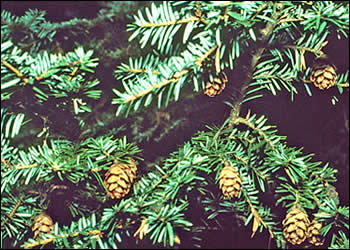
Tsuga diversifolia
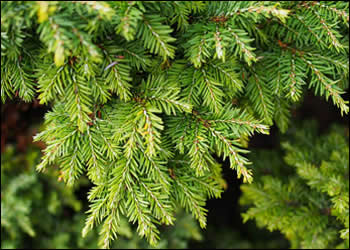
Tsuga canadensis
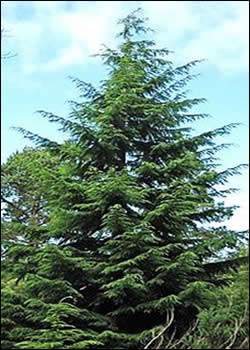
Tsuga heterophylla
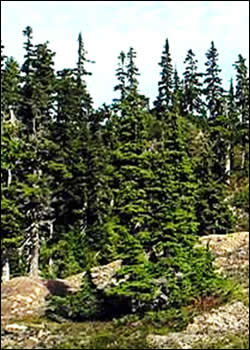
Western hemlock in its natural environment
Growing and care as bonsai
- Partial shade, particularly in summer and needs protection from strong, freezing winds that will quickly dry out the foliage.
- Water generously – do not allow the soil to dry out completely.
- Repot every two years in spring as new growth starts, use a basic soil mix.
- Take care when wiring as Hemlock as it has a habit of marking easily.
Hemlocks grow very slowly and as the new growth is similar in colour to mature foliage, growth extensions can grow unnoticed and trees easily get out of shape. Prune hard in late-winter. Wiring can be done at any time of the year though care should be taken not to damage tender new growth. Cut back fresh growth as it extends so as to produce a more compact second flush of growth and encourage back budding from the base of old needles.
Feed regularly throughout the growing season, they are largely trouble free of pests and diseases..
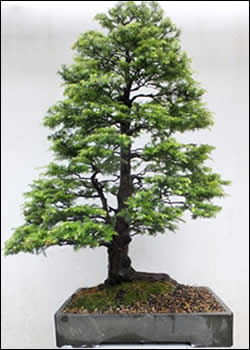
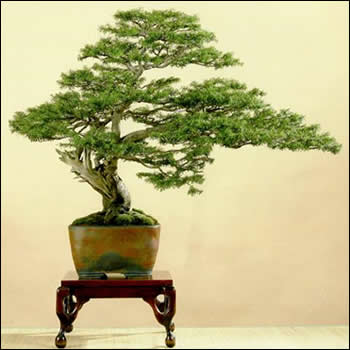
Web design: nysys